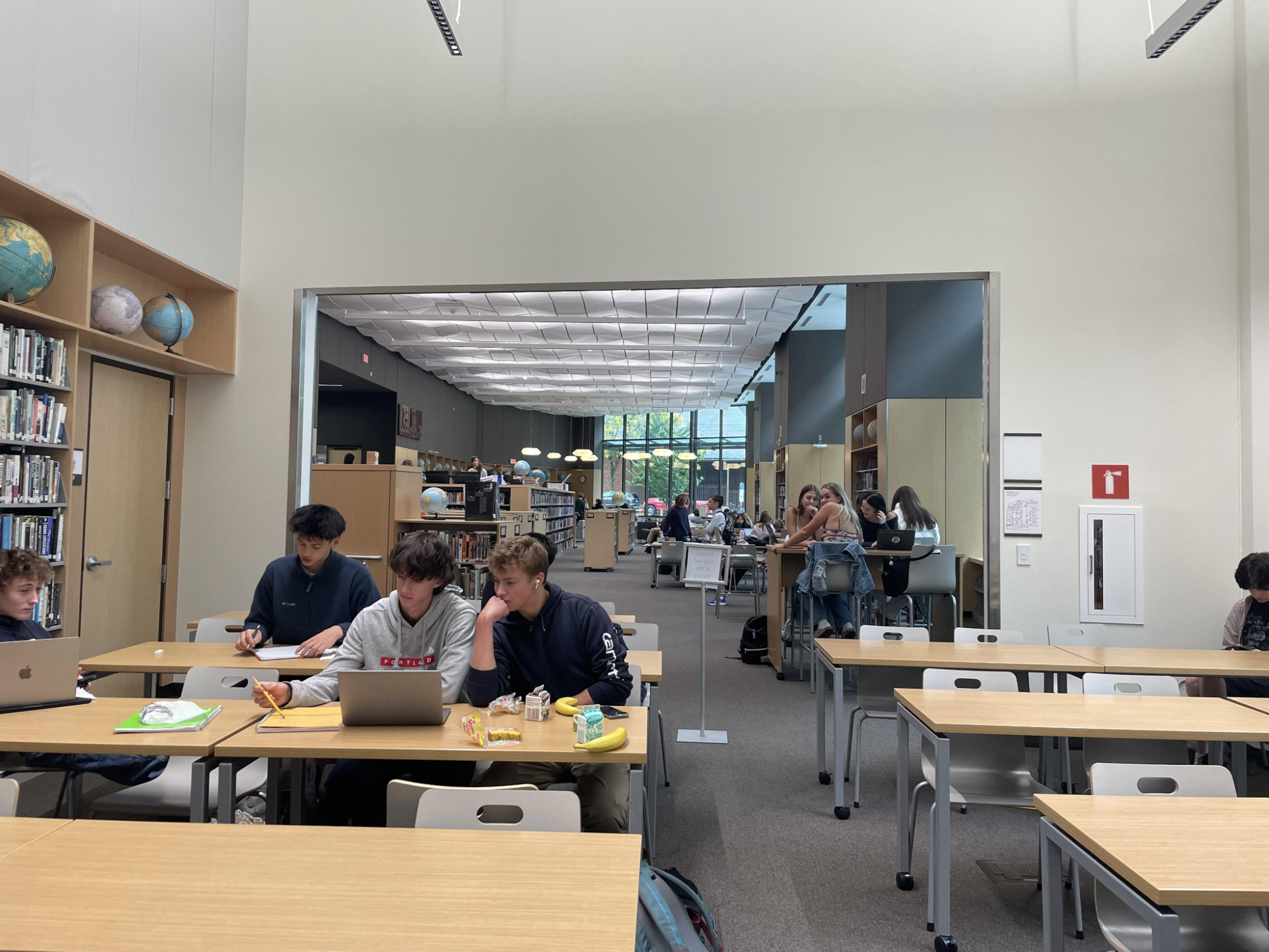Senior Ladd Steele is in the library, swamped with homework assignments, and only half finished making his slideshow for his German class before the bell rings. FLEX is over.
FLEX is a time slot during the day for students to talk to teachers, catch up on homework, or make up missed assignments and tests. Weeks with FLEX have two FLEX periods. Historically, FLEX weeks have occurred every other week.
Over time, the amount of time devoted to FLEX periods has been decreasing. During the 2021-2022 school year, each FLEX period was an hour long. Since then, they have been decreased to 44 minutes in length. The number of FLEX periods has also been reduced. In 2017-2018 there were a total of 50 FLEX periods—this year there are 40.
Some students use FLEX for its intended purpose, like catching up on homework, while others don’t.
“Usually during FLEX I do my homework or study for tests that I have that day,” said Steele. “Some of [my friends] sometimes leave to get food.”
Maya Anderson, a freshman, also uses FLEX for school assignments.
“During FLEX I study for all my classes and catch up on work,” said Anderson.
School business manager Jill Ross says that PPS administration has been decreasing the FLEX length to build in more instructional hours into the school year in response to the increased number of days that have been canceled due to unpredictable weather from climate change.
As FLEX time has been decreasing, some students are finding that they want more time to work.
“I think FLEX could be a little bit longer and more frequent,” said Steele. He also believes that Lincoln students should be more proactive about protecting their FLEX time.
Anderson isn’t as worried about the shorter length, which might be because they have never experienced the longer and more frequent FLEX periods.
“It’s not very long, but I don’t think that’s an issue,” said Anderson. “I like FLEX as it is.”

